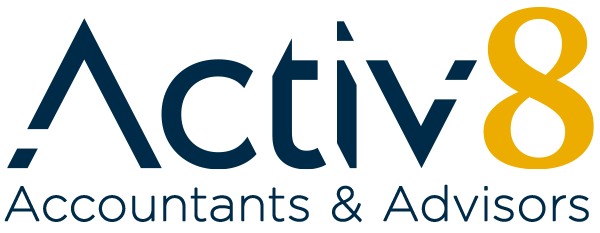There are key differences between employees and contractors, and as with most things, there’s pros & cons for both. Understanding the obligations for your choices in business is key to your success, so let’s get clear on the type of people you work with in your business.
The Critical Differences Between an Employee and an Independent Contractor.
An employee works in your business and performs their role as a representative of your business. An independent contractor will provide a service TO your business and performs work to further their own personal business.
An employee represents your business, where as a contractor represents themselves and is more self-interested.
There is More Flexibility with Contractors.
An independent contractor has more control to choose how, when and where their work is done, they represent themselves and often work for a fixed fee. A contractor has the ability to subcontract or delegate to others and is responsible for providing their own tools and equipment, as well as bearing the commercial risk for any costs arising out of injury or defect in their work.
Where there is risk there can be reward. The flexibility can be very appealing but obviously for business owners an employee is likely going to be more reliable in the long term.
For Superannuation, a Contractor Can, and Often is, Still Considered an Employee…
Often the choice to lean towards putting on contractors instead of employees is driven by the desire to avoid paying their superannuation. Unfortunately, that is a bit of a misguided notion.
Even if someone is labelled as an independent contractor, have their own ABN, and work infrequently for short periods, they can still be considered an employee for super purposes.
This is When You Still Need to Pay Your Contractor Superannuation.
You still need to pay your contractors superannuation in these circumstances:
- if the worker works under a contract that is wholly or principally for their labour
- if they are a sportsperson, artist or entertainer paid to perform, present, or participate in any music, play, dance, entertainment, sport, display or promotional activity, or similar activity
- if the person is paid to provide services in connection with any performance, presentation or participation in these activities
- if the person is paid to perform services related to the making of a film, tape, disc, television or radio broadcast.
If a person’s contract is mainly for labour, super will most likely need to be paid, so as an employer you would need to be negotiating rates of pay to contractors while taking this into account.
Workers Compensation Also Needs to be Considered When Looking at Contractors.
As an employer you need to provide workers compensation for workers and ‘deemed workers’, but not for contractors, sub-contractors and labour-hire workers. Important to note that some contractors are deemed workers for compensation and insurance purposes. Here is an online link that can be used to check what your workers would be classified as.
Payroll Tax
Payroll Tax only applies if the total wages, contractor payments and superannuation exceeds the annual threshold of $1.3 million. Generally, payments by employers that relate to work performed by contractors are liable for payroll tax unless an exemption applies. Any part of the payments which are for materials, tools or equipment are not liable for payroll tax.
Employees and Contractors Can Both be Very Complicated to Negotiate.
Each situation is unique and can vary from situation to situation. There is no easy way around the obligations of business ownership and sometimes a legal specialist can be a good idea if there is any doubt.
Bearing in mind, an accountant who specialises in working with business owners (*us*) can make it a whole lot easier.
It’s Important You Understand Your Obligations as an Employer.
Knowing the difference between employees and contractors is crucial to your decision-making in the hiring process. Jumping into a scenario in an attempt to cut corners without the right advice can lead to unwanted consequences.
We are Accountants for Growing Businesses in Brisbane and Beyond.
We work exclusively with business owners who are serious about growing their businesses.
Diving into the world of employees and contractors? Talk to a business accountant who can handle all of your business’s financial obligations.






